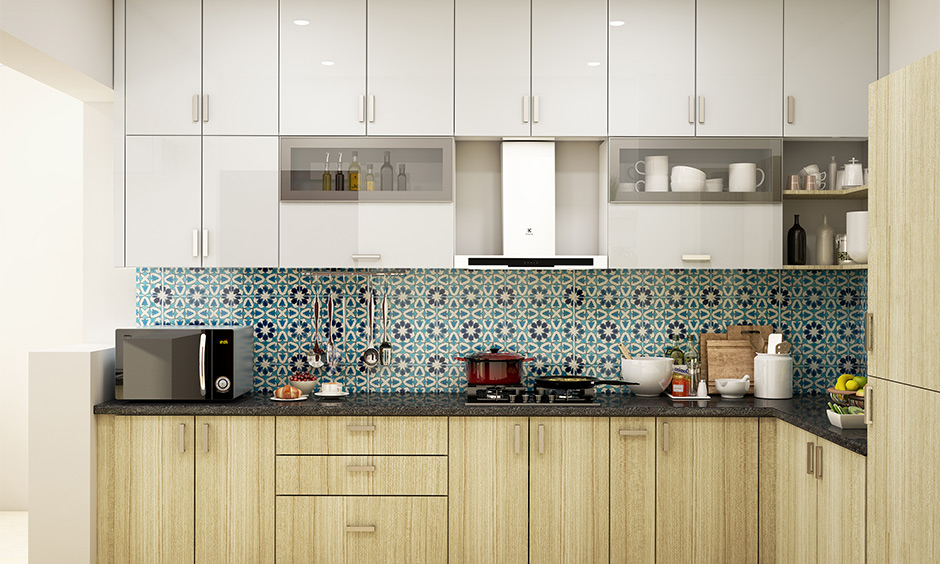moroccan tiles, known for their intricate patterns and vibrant colors, offer a window into the rich artistic heritage of Morocco. These tiles, often referred to as “zellige” or “zellij,” are a hallmark of Moroccan architecture and interior design, captivating with their unique blend of artistry, geometry, and craftsmanship.
The art of Moroccan tiling dates back to the 10th century, flourishing under the influence of various cultures including the Arabs, Berbers, and Moors. Traditionally made from terracotta, Moroccan tiles are handcrafted using age-old techniques passed down through generations. Each tile is meticulously designed and shaped by skilled artisans, reflecting a deep connection to Morocco’s cultural and historical roots.
Moroccan tiles are renowned for their elaborate geometric patterns and vibrant color palettes. These patterns often feature interlocking shapes such as stars, hexagons, and diamonds, creating a mesmerizing visual effect. The colors used are typically rich and bold, with hues ranging from deep blues and fiery reds to bright greens and sunny yellows. This vibrant spectrum is not just for aesthetic appeal but also holds symbolic significance in Moroccan culture, representing various elements of nature and spiritual beliefs.
One of the most striking aspects of Moroccan tiles is their versatility. They can be used in a variety of settings, from traditional Moroccan courtyards and palaces to modern interiors and contemporary spaces. In a Moroccan riad, for example, these tiles can be seen adorning floors, walls, and fountains, creating a cohesive and enchanting ambiance. In contemporary design, Moroccan tiles are often used as statement pieces in kitchens, bathrooms, and entryways, adding a touch of exotic elegance to modern homes.
The craftsmanship involved in creating Moroccan tiles is a testament to the skill and dedication of artisans. Each tile begins with the preparation of the clay, which is then shaped and fired at high temperatures. Once cooled, the tiles are hand-painted with intricate designs before being glazed and fired again. This process ensures that each tile is not only visually stunning but also durable and long-lasting.
Despite their ancient origins, Moroccan tiles have found a place in modern design due to their timeless appeal. Their geometric patterns and vibrant colors offer a refreshing contrast to minimalist and monochromatic styles, making them a popular choice for those looking to infuse their spaces with character and charm. Additionally, the versatility of Moroccan tiles allows them to be used in various design schemes, from eclectic and bohemian to classic and elegant.
Incorporating Moroccan tiles into your home is more than just a design choice; it’s an appreciation for the artistry and tradition of a culture that values beauty and craftsmanship. Whether used as a focal point or as part of a broader design scheme, Moroccan tiles bring a unique and vibrant energy that celebrates both the past and the present. Their enduring beauty and cultural significance make them a cherished element in any design repertoire, bridging the gap between historical tradition and contemporary elegance.
